Watch the Video
Gameboy Advance vs. Super Nintendo… is the GBA just a Super Nintendo in smaller form? Did Nintendo simply repackage their 11 year old hardware into their latest handheld in order to get a cheap, quick and easy to develop portable gaming device out to the masses, or is there something different going on under the plastic GBA casing?
Subscribe to Nostalgia Nerd on Youtube
Today we’re asking the age old question: Was the Gameboy Advance really just a Super Nintendo?
This video feels like it’s almost verging on the modern, because we’re visiting a year post millennium bug. 2001 is the year in question and the device is Nintendo’s Game Boy Advance.
Now the Advance confused me, in fact, most of Nintendo’s portables did. Nintendo always seemed to have the knack of pushing out older hardware and stealing the entire marketplace with it. For me, something felt amiss. The Atari Lynx had come out in 1989, featuring 16 bit power and technically far superior to Nintendo’s also 1989 released handheld; the Gameboy. And here we were 12 years later and Nintendo were pushing out something which seemed some 10 years behind the times, but again, the advance sold well, being a relative giant leap over Nintendo’s Gameboy Color, released in 1997, and shifting over 80 million units worldwide. This was only 3 years before the PSP would launch and the same year the Gamecube arrived.
It’s undeniable that Advance games look incredibly similar to Super Nintendo releases – itself launching in 1990. So the question I always wondered was, did Nintendo just cram a SNES into the Game Boy advance? I mean, the original Game Boy was comparable to the NES, so it kinda makes sense.
Well, on pure technical specs, the answer is an actually a resounding no. The Super Nintendo’s CPU was a Ricoh 5A22 running at 3.58MHz (these 16 bit chips are actually descendants of the MOS 6502, as featured in the NES). It had 128K of RAM, 64K of video RAM, a maximum resolution of 512×448, 256 on screen colours from a palette of 32,768 and a Nintendo S-SMP 8 channel ADPCM audio chip.
The Game Boy Advance in comparison had a 16.8MHz 32bit ARM7-TDMI RISC processor, along with a Z80 for backwards Gameboy compatibility, 128K of VRAM and 256K of DRAM, 240×160 on screen pixels, 512 colours on screen in character mode or a whopping 32,768 colours on screen in bitmap mode and dual 8 bit DAC for stereo sound.
So there are differences. The Advance had a more powerful CPU, and generally better specs, so the question is; where’s all this extra grunt going to?
It all comes down to that ARM RISC processor. RISC chips are essentially cut down processors. They have a lot of power, but their coding is simplified and more bare to the bones. This means that a lot of coding you might usually fire directly at the CPU needs to be completed in software or on a separate chip to run effectively. The ARM chip is certainly more powerful, but it will often need to compute more operations to get the same output as the SNES Ricoh chip. Another factor of SNES games was their cartridge format. Cartridges have room for lots of chips, including Nintendo’s FX and FX2 chips, which allowed the SNES to render 3D environments. Now, with the Advance’s dinky little cartridges, this simply wasn’t possible, so the GBA needed rudimentary 3D ability from the get go. Again, this is where the ARM chip comes into it’s own. It has the power to output 3D environments through software rendering, allowing it to handle games such as Duke Nukem Advance, Crazy Taxi and of course Doom.
And that pretty much is the nub of the matter. The Game Boy Advance can pretty much rival the SNES in terms of ability and sometimes even beat it. Having a smaller screen and lower resolution helps to make 3D games appear more convincing as well as the general expectation at the time that you’ll probably lose something in a handheld version of a game. The way it accomplishes it, is by trying to copy the abilities of the SNES in a reduced chipset… i.e. the ARM processor. This essentially allowed the SNES custom features such as Mode 7 and FX to be emulated and provide a familiar template for both gamers and developers alike. And we all know, that for a platform to succeed, developers need to be on board.
So the Game Boy Advance’s technology wasn’t really lacking for the time, like my brain had concluded, it was just emulating something that was some 10 years old. And given this fact and the difference in size, the GBA was actually pulling of a pretty mean feat of complexity, which coupled with it’s long battery life, like the Gameboy, captured the attention of gamers worldwide.
And so clears up another aging technology conundrum.
[Console images courtesy of Wikipedia/Wikimedia]

Nostalgia Nerd is also known by the name Peter Leigh. They routinely make YouTube videos and then publish the scripts to those videos here. You can follow Nostalgia Nerd using the social links below.
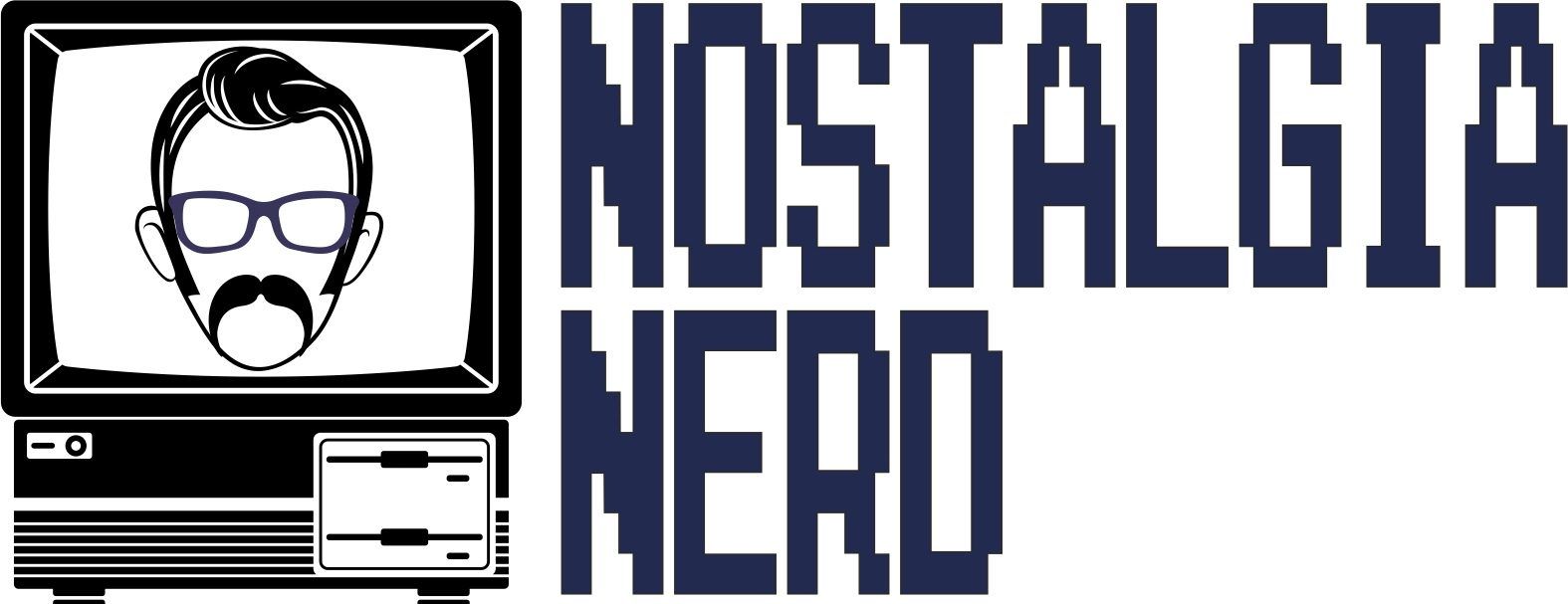
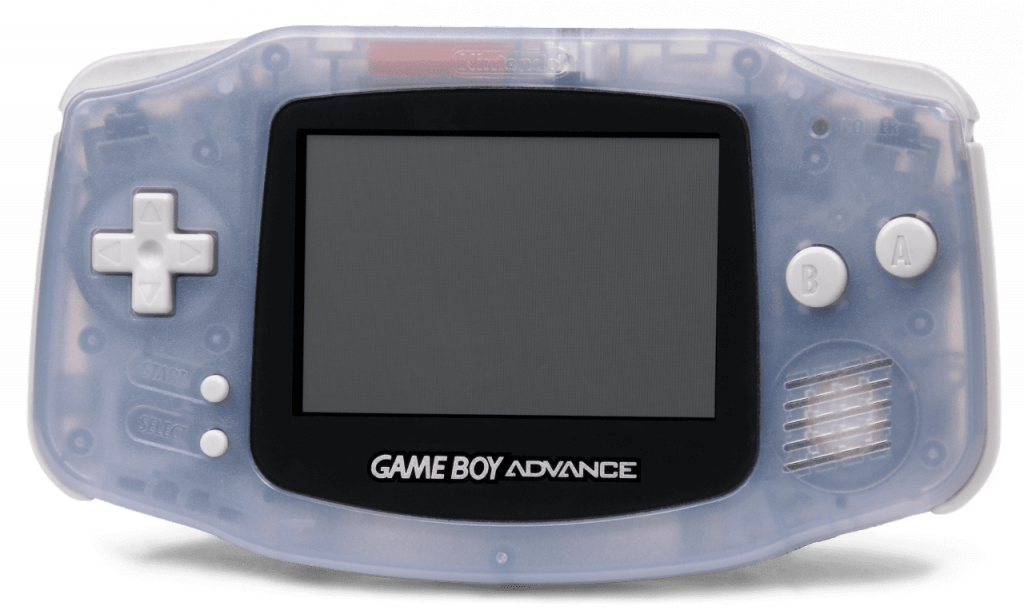
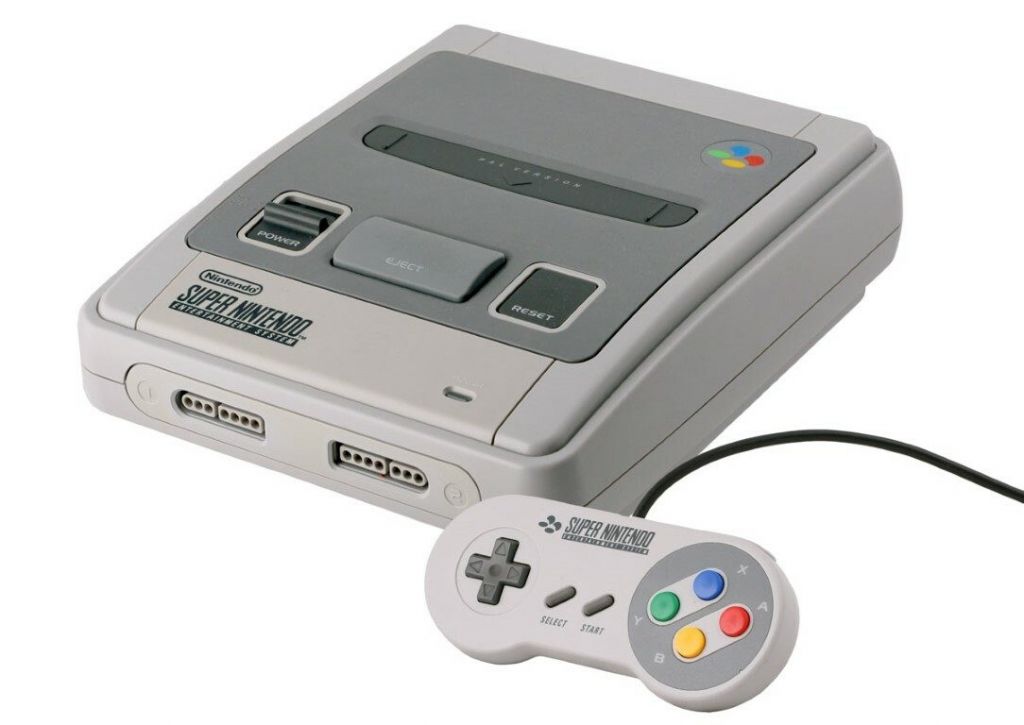
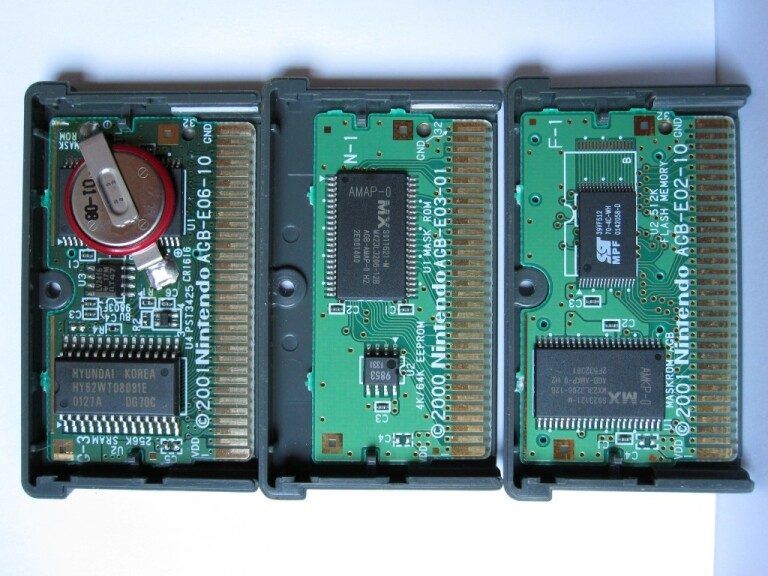
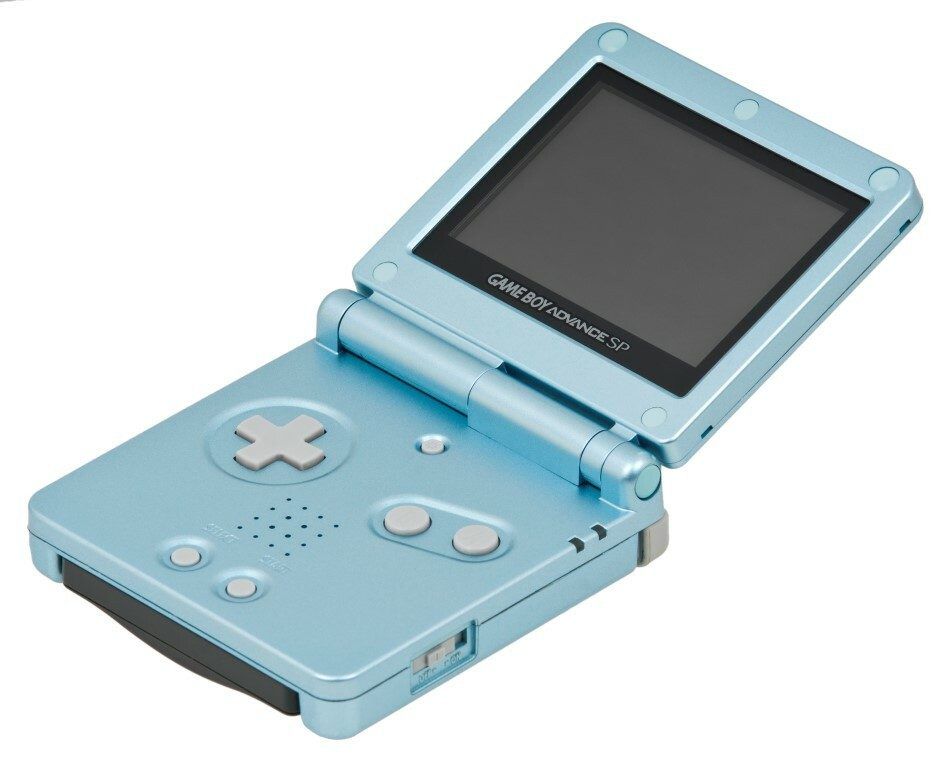
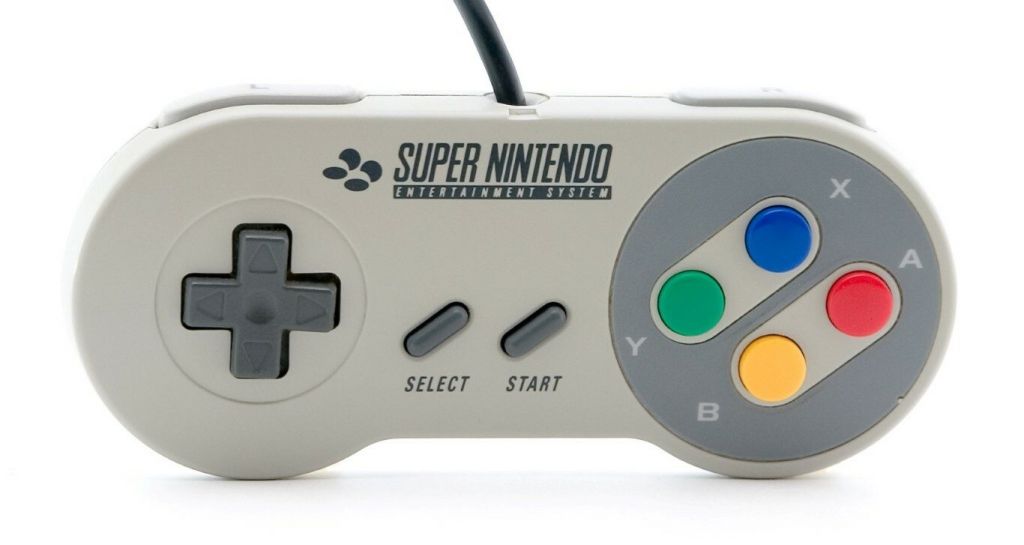
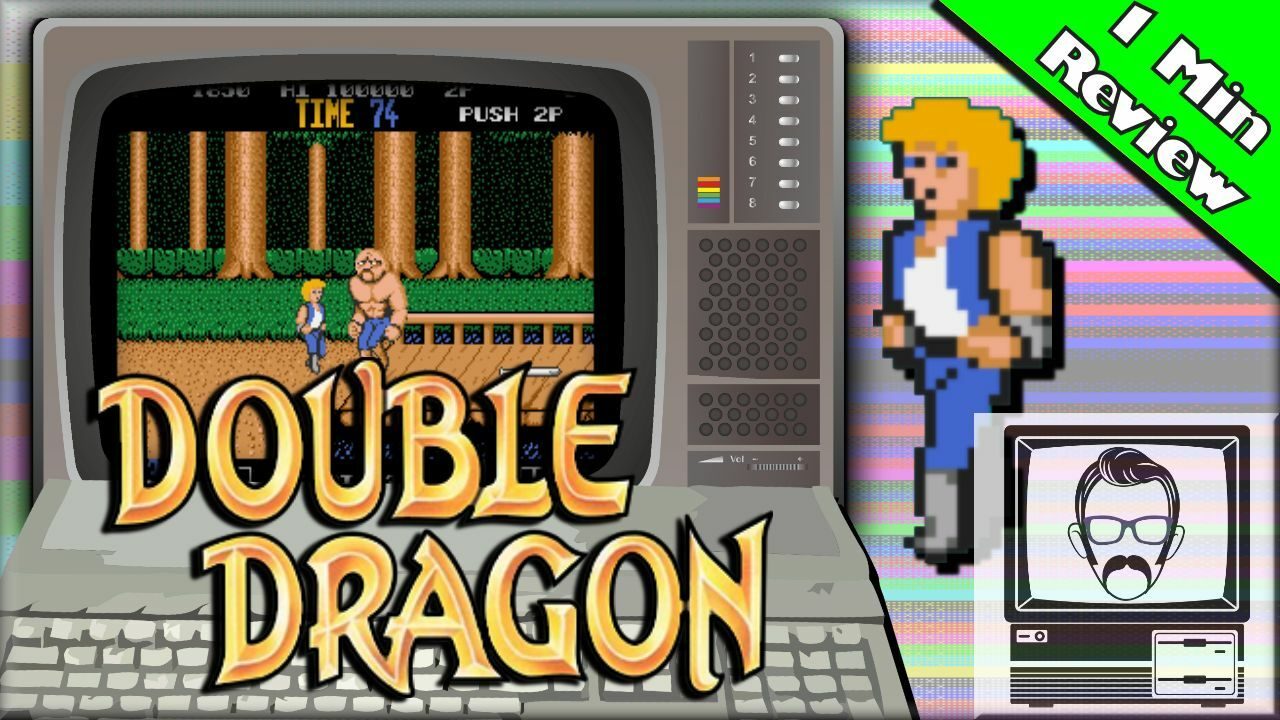

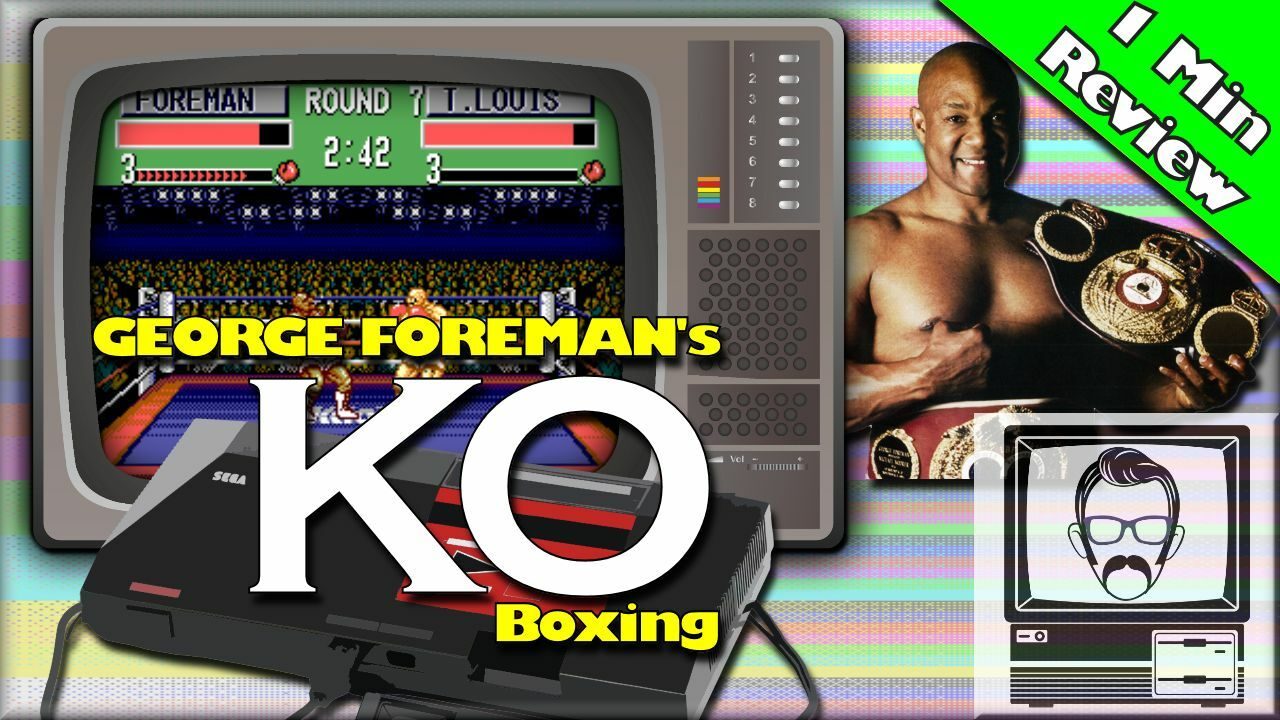

4 Comments
Add Yours →I think its failing to see the forest for the trees in a lot of ways as well as fanboy biases shifting things unrealistically to say the gameboy advance is better than a super nintendo or shudder even a sega genesis. which just isnt the case. the gba might have some impressive specs compared with the older system but just put the systems against each other and see very easily that the gameboy ANYTHING is just gonna look washed out. also the genesis was by FAR better at displaying graphics than even the snes. case closed no need to drool on specs when the evidence is right there plain as day.. and i love mary kate and ashley for gameboy color.. every bit as worthwhile as strider for the genesis was in 1989.
Nowadays with enough time and patience, most any game can be waded through.”” HE SAID WHILE RUNNING A DARK SOULS CLIP. That had to be intentional trolling, right? Telling people who can’t beat Souls games that they suck and just need to “”git gud””?
EDIT: actually now that I look again it’s that samurai Souls clone from Koei-Tecmo. Oh well. I haven’t played it yet, but I’m guessing they copied the dificulty along with everything else, so the point still stands.
Oh OK makes sense. Although technically IIRC Gold and Silver can be played on a regular Game Boy even though they are labeled as GBC games — Crystal is the one where it can only be played on a GBC.
Ragerds:Moses Brodin
I’m a Nintendo junkie and have been since Xmas of 1987. I have every handheld they put out except for the Gameboy Micro and Pocket, and every system except the Wii-U. The Gameboy Advance SP is my favorite (handheld or console system) of all Nintendo’s offerings. It’s got the best value proposition for a gamer on the go. It’s size and clamshell design make it extremely portable. Easily fits in a pocket. The screen size is larger than a standard DS or 3DS. The battery life is incredible. You can play through all parts of a 10-hour transatlantic flight on one charge. The battery life on a switch is so frustratingly short in comparison, that lugging one on a trip where you can’t easily plug in to charge up seems pointless. The backlight (or front light depending on model) is bright but not too bright, so you can play on a dark flight or a dark room without disturbing others. The screen is easier to see in direct sunlight than a switch. The total button count (six) and one directional control button mean learning the controls of a new game takes no time. No frustrating in-game tutorials or learning curves. Pop in a new game and you are good with the controls in just a few minutes. And the library of 16-bit ports as well as new games is outstanding. Super Mario 1-3, Super Mario World, Yoshi’s Island, Zelda Link to the Past, Minnish Cap, Oracle of ages, Oracle of seasons, Link’s awakening, Megaman Zero, Metroid plus an updated port of original Metroid, Original Final Fantasy, Sonic, Donkey Kong Country, Mario Kart, Mario v Donkey Kong, Superstar Saga, and so many more titles. It’s got loads of excellent RPGs, and even some passable 1st person shooters as well. I’m partial to James Bond Nightfire. Plus you’ve got backward compatibility with the entire Gameboy library. Then there’s cost and availability. I find it easy to pickup new games for just a few bucks at used game stores (though online the game prices are pretty steep.). For 20 bucks you can pick up 3 to 6 games.
When I play my SP (which is often), the old slogan “Now you’re playing with power” always comes to mind. So much power and diversity of excellent gaming challenges in such a compact and stylish portable.